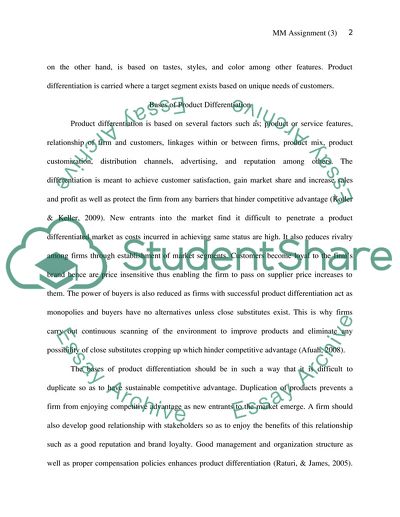Cite this document
(Product or Service Differentiation Coursework Example | Topics and Well Written Essays - 2250 words, n.d.)
Product or Service Differentiation Coursework Example | Topics and Well Written Essays - 2250 words. Retrieved from https://studentshare.org/marketing/1738773-mm-assigment-3
Product or Service Differentiation Coursework Example | Topics and Well Written Essays - 2250 words. Retrieved from https://studentshare.org/marketing/1738773-mm-assigment-3
(Product or Service Differentiation Coursework Example | Topics and Well Written Essays - 2250 Words)
Product or Service Differentiation Coursework Example | Topics and Well Written Essays - 2250 Words. https://studentshare.org/marketing/1738773-mm-assigment-3.
Product or Service Differentiation Coursework Example | Topics and Well Written Essays - 2250 Words. https://studentshare.org/marketing/1738773-mm-assigment-3.
“Product or Service Differentiation Coursework Example | Topics and Well Written Essays - 2250 Words”, n.d. https://studentshare.org/marketing/1738773-mm-assigment-3.


